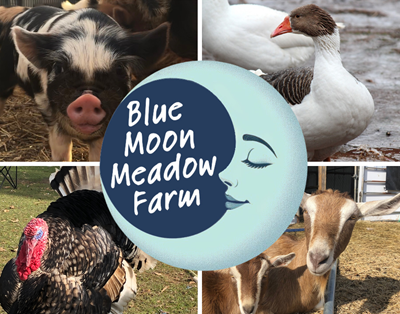Being that we raise and milk dairy goats, it should come as no surprise that we consume raw milk. What MAY come as a surprise to many people is my heart-felt belief that raw milk is not without some serious risks, and I feel that this fact is being swept under the carpet and even denied by many ardent supporters of raw milk, who generally seem to counter any discussion of risk with the concept that “tainted” milk is simply a matter of poor sanitation of the environment and milk handling. For some of the illnesses like Salmonella, E. coli, Campylobacter and Listeria (among others) this might have an element of truth. But there are other diseases that this isn’t the case. Brucellosis is spread from animal to animal via semen, contact with vaginal discharge and milk. Q fever is spread through contact with infected birthing-related tissues, feces and milk. Both of these bacteria can also be transmitted through inhalation of bacteria-laden dust particles. Tuberculosis is spread via nose-to-nose contact.
All of these bacteria can cause serious illness, but the last one (Tuberculosis) is the main reason milk started being pasteurized in the first place. In the 1800’s milk was a major mode of transmission of this disease, and it was discovered that heating the milk would kill the causative agent. It was so successful at reducing new cases of Tuberculosis that pasteurization became the norm.
The good news is, there are tests for many of these diseases and infected animals can be identified and removed from the raw milk producing chain. In fact, I’m betting that most states that have legalized raw milk sales have required such testing.
As a raw milk drinker myself, I am all for people having access to it, but I also believe that consumers have the right to know the good AND the not-so-good so they can make an informed choice whether to drink raw milk or not.
